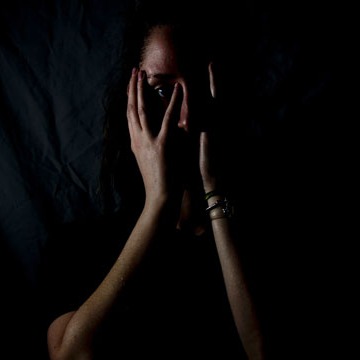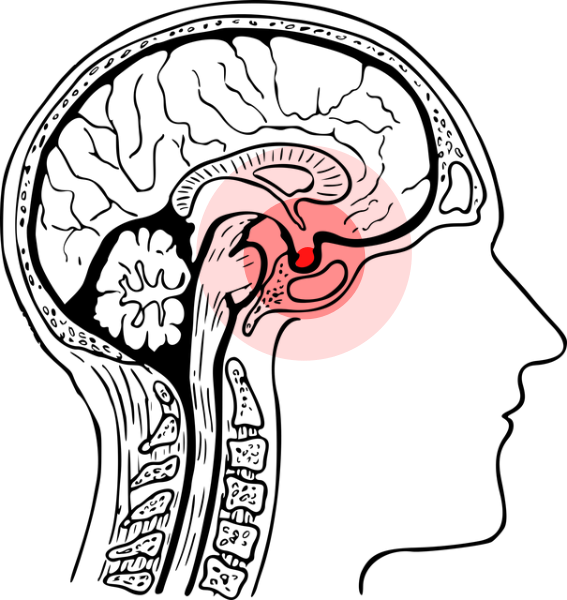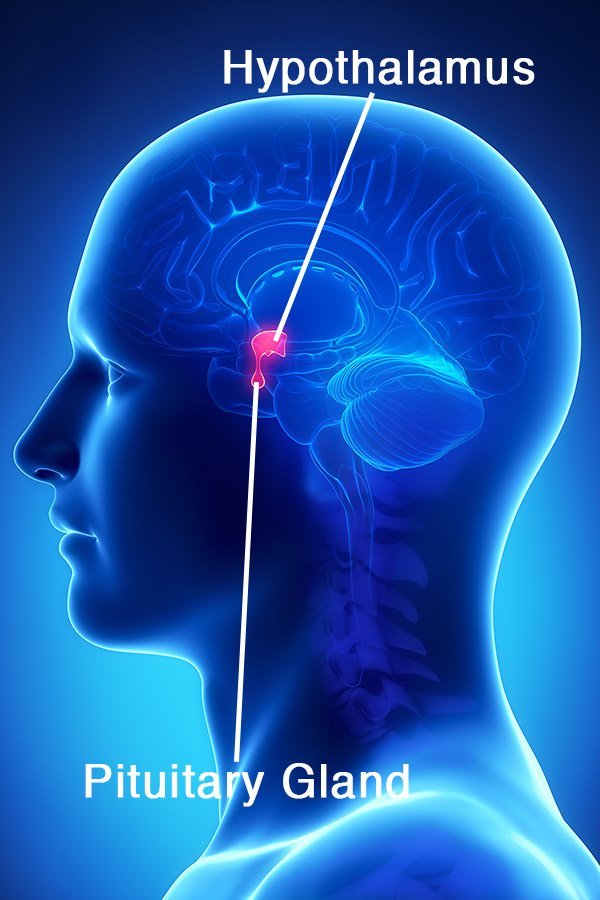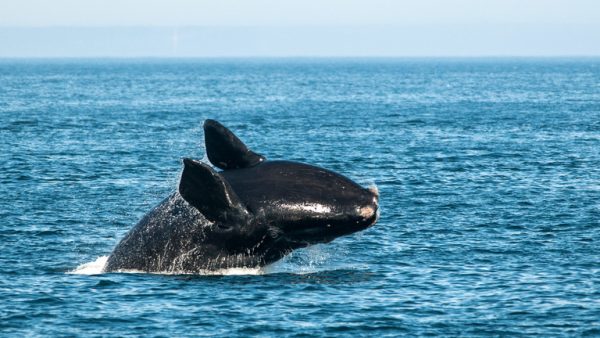The Reality of Fight or Flight
How our brains truly work

Fear is an extremely important emotion that protects us from harm. With the spooky season almost to an end, what is there to know about fear?
What happens in our bodies and brains when we get scared, spooked, or terrified?
Those answers will soon crawl their way into this story.

First things first, our brains. When we see something that spooks us, the response starts in the amygdala.
The amygdala is responsible for anger and fear responses, most commonly called “Fight or Flight.” To do this, the amygdala triggers the hypothalamus, which activates the pituitary gland.  The gland will let out a hormone called adrenocorticotropic (ACSH) into the bloodstream.
The gland will let out a hormone called adrenocorticotropic (ACSH) into the bloodstream.
This hormone will cause cortisol to appear, which makes blood pressure rise. Then, the sympathetic nervous system, or fight or flight system, will tell the adrenal gland to release a hormone called adrenaline.
This hormone causes changes in the body, which we commonly associate with being afraid. The heart races, breathing accelerates, your eye pupils dilate, the brain’s frontal lobe, which is responsible for thinking, will deplete in oxygen.
That’s why when people are really scared, they don’t think straight. Additionally, blood flow increases to help your muscle be more prepared to run away from the situation.
Speaking of muscles, more hormones, called the Catecholamine hormones, are secreted as well, and makes your muscles more tense and prepared for violent actions, when we fight instead of flight.
Your brain will also make your digestive system slow down, so the body can focus more on what’s going on the outside. All of this happens, in a matter of seconds. After the terrifying moment is over, your body will slowly come back to it’s normal state, depending on how terrified you were.
But there is another thing too. When does our body know when it was for fun, like a roller coaster ride, or dangerous, like your house all of a sudden turned dark?
It all starts, again, in the amygdala. The amygdala will trigger the hypothalamus again, but the hypothalamus works with the prefrontal cortex to know when it’s serious, or when it’s harmless. The hypothalamus helps control the fear response, and prefrontal cortex does high level decision making.
When they work together, the brain can determine if what we are afraid of is menacing. If you see a spider from far away, our brain will think of the spider being something scary. When this happens, our brain doesn’t alarm the body as much. But when a spider is in your shoulder, fear turns into something more emotional, and will give out more hormones, heart acceleration, etc.
When we know a spooking event is going to happen, we feel more happiness from it. Why’s that? The chemicals in our body that are used for fear, like adrenaline, are also used in joy. So it would make sense that we would feel joy during a roller coaster.
We sometimes scare ourselves on purpose for entertainment, like going to a haunted house, or watching scary movies. And since fear is also a distraction, this contributes to the joy when we are scared. Everyone has their own experiences and phobias, so we don’t all have the same, “fun time scares.” So make sure you remember that.
Fear is all around us. When we hear the sound of a door opening, to the sight of a clown, being afraid is as old as civilization itself. So, the next time you get a boo, know that your body has your back.
The reason I joined is that I enjoy typing/writing stories and I knew that in journalism, you do that alot, but never was able to do journalism class in...









